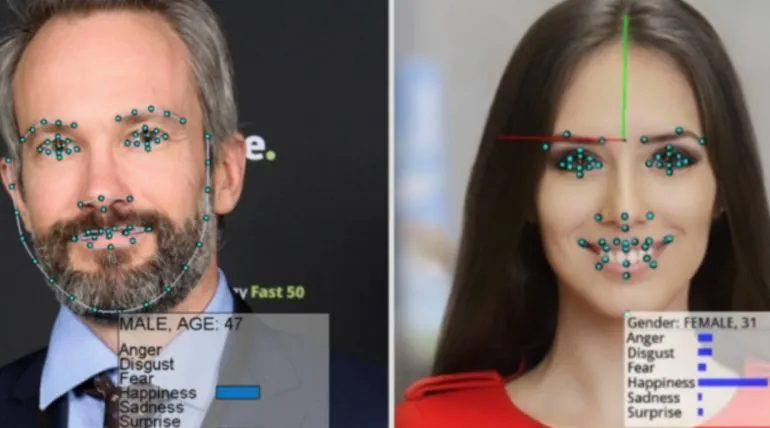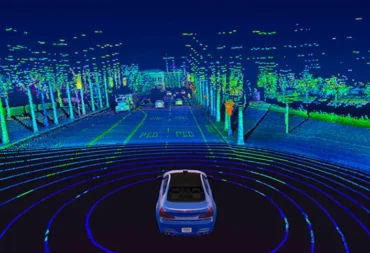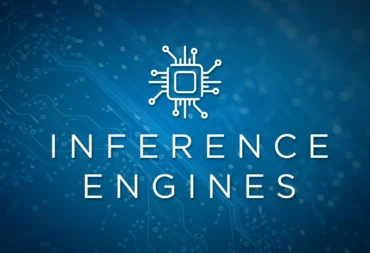Nordea Invest: Our co-founder talks face recognition, artificial intelligence and market trends

The investment association Nordea Invest is one of Denmark’s largest investment associations with a strong focus on sustainable savings and a wide range of investment opportunities. Nordea Invest closely follows the financial markets in order to bring relevant and current stories from around the world. Recently, Nordea Invest’s Nina Azoulay featured an interview with our co-founder, Jörgen Ahlberg. Below are excerpts from the interview:
“They have been named one of Sweden’s ten fastest growing tech companies, and with their face detection, they deliver solutions to hundreds of companies worldwide. Nordea Invest Magazine has talked with Visage Technologies about the possibilities of face recognition technology and the rapidly growing market for artificial intelligence.”
Each face is unique and the digital face recognition – as most people know best from the mobile phone when sending animated picture messages to friends – has grown with enormous speed in recent years. The artificial intelligence is now being sought worldwide from widely different industries in all corners of business and government. The growing demand is clearly seen by Visage Technologies, which produces software to track and analyze faces digitally. Their customer list is long and features, among other, Fujitsu, Coca Cola, Deutsche Telekom, Cartoon Networks, BMW and L’Oreal.
– “We grow fast”, confirms Jörgen Ahlberg, who holds a PhD in face tracking and is co-founder and Chairman of Visage Technologies. “We doubled the result in 2017, and I expect that we will double again this year. In 2019, we will probably not double, but I believe that we will continue to grow, says Jörgen Ahlberg, who currently employs about 70 people in his business.”
Three boys at university
– “We made a ‘face library’ for internal use, which brings together facial features and mimics that you can track faces. Suddenly, someone from the advertising industry wanted to buy from it. It turned out to be here that the market was, and in no time did it grow from something we did this weekend that we had to hire people” he says. As the smartphone got its big breakthrough, both the market and the technology grew by rocket speed. New platforms were developed and it was possible to find real-time face recognition – ‘live’ if you want to.
“This meant that face recognition could suddenly be used for many things, and suddenly there were hundreds of thousands of potential customers out there,” explains Jörgen Ahlberg.”

Cooperation with the police
“Last year Visage Technologies and Linköping University joined the Swedish police and other authorities in a research project to investigate where facial recognition may be useful to the police and where it becomes a hindrance – and what ethical challenges it brings. The project focused on anonymity and privacy.
“Today, technology makes it possible to remove all personal information from a surveillance video and instead replace it with “fake” virtual-generated people, says Jörgen Ahlberg.
In practice, this means that you can monitor an area, but in the image replace people and recognizable objects like virtual and virtual shapes and bags that the computer itself invents. In this way, real people can not be recognized, and their privacy is more protected from those watching the surveillance images. If there is a crime, the police can ‘unlock’ the surveillance and see the actual faces.
“Much of this is still a bit out of the future – mainly because the cameras used for surveillance are of poor quality and it will cost a lot to change them – but technically possible,” says Jörgen Ahlberg, adding: “Cooperation with the police raised a lot of good questions, which we had a good dialogue about.”
Translated from Danish. Full article is available here.


